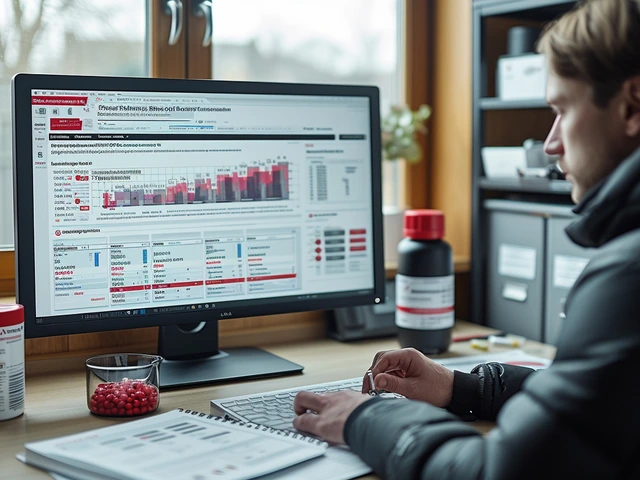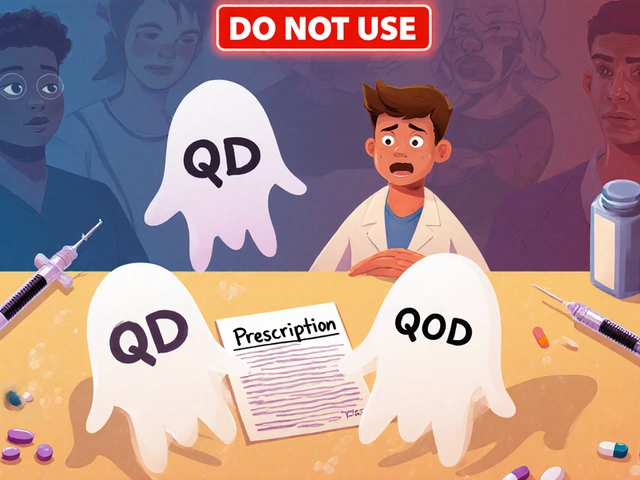Affordable Proair HFA Online: A Comprehensive Guide to Cost-effective Asthma Management
January 15 2024Canagliflozin: what it does, how to take it, and what to watch for
Canagliflozin (brand name Invokana) is a pill doctors use for type 2 diabetes. It blocks SGLT2 in the kidneys so extra sugar leaves the body in urine. That lowers blood sugar and often helps with weight and blood pressure too. Many people find it simple to add to their routine — one tablet once a day.
How canagliflozin works and who should consider it
Canagliflozin reduces the amount of glucose your kidneys reabsorb, so you excrete more sugar. That usually cuts A1C by a meaningful amount and can lower the chance of heart-failure hospital stays in people with heart disease. Doctors may recommend it when metformin alone doesn't control blood sugar, or when someone would benefit from weight loss and lower blood pressure. It's not for type 1 diabetes.
Typical dosing starts at 100 mg once daily, often taken before the first meal. If more effect is needed and kidney function is good, a doctor may raise the dose to 300 mg. If your kidney function (eGFR) is low, the drug may not work well and might be stopped — check with your clinician.
Side effects, risks, and safety tips
Expect a few predictable side effects: yeast infections around the genitals, urinary tract infections, and more frequent urination. These come from extra sugar in urine. Stay hydrated and keep good hygiene to lower risk.
There are less common but serious risks. Canagliflozin has been linked to diabetic ketoacidosis (DKA) in rare cases — look out for nausea, stomach pain, breathing changes, or unusual sleepiness. The CANVAS study also reported a higher rate of lower-limb amputations and more fractures for some users. If you have poor circulation, foot ulcers, or osteoporosis, talk to your doctor before starting.
Other practical tips: stop the drug before major surgery or if you get very sick or dehydrated. Combining canagliflozin with insulin or sulfonylureas raises low blood sugar risk, so doses may need adjusting. Diuretics can increase dehydration and dizziness. Avoid if pregnant or breastfeeding.
Routine checks matter: your clinician will want blood pressure, kidney tests, and periodic checks for signs of infection. Report any unusual symptoms right away. If you notice persistent genital soreness, severe belly pain, or slow-healing foot wounds, contact care immediately.
Want to use canagliflozin safely? Keep a simple checklist: confirm kidney function first, learn DKA signs, watch hydration, care for feet, and review all other meds with your clinician. With the right monitoring, canagliflozin can be a useful tool for many people managing type 2 diabetes.
How Canagliflozin Works to Improve Kidney Function in Diabetic Patients
As a diabetic patient, I recently came across Canagliflozin, a medication that works wonders in improving kidney function. This drug belongs to a class of medications called SGLT2 inhibitors, which help to lower blood sugar levels by prompting the kidneys to remove excess sugar from the body through urine. Not only does Canagliflozin help in managing diabetes, but it also reduces the risk of kidney-related complications. This is particularly important for diabetic patients, as we are more prone to kidney issues. Overall, Canagliflozin is an impressive medication that aids in maintaining kidney health while keeping our blood sugar levels in check.
Read More...




